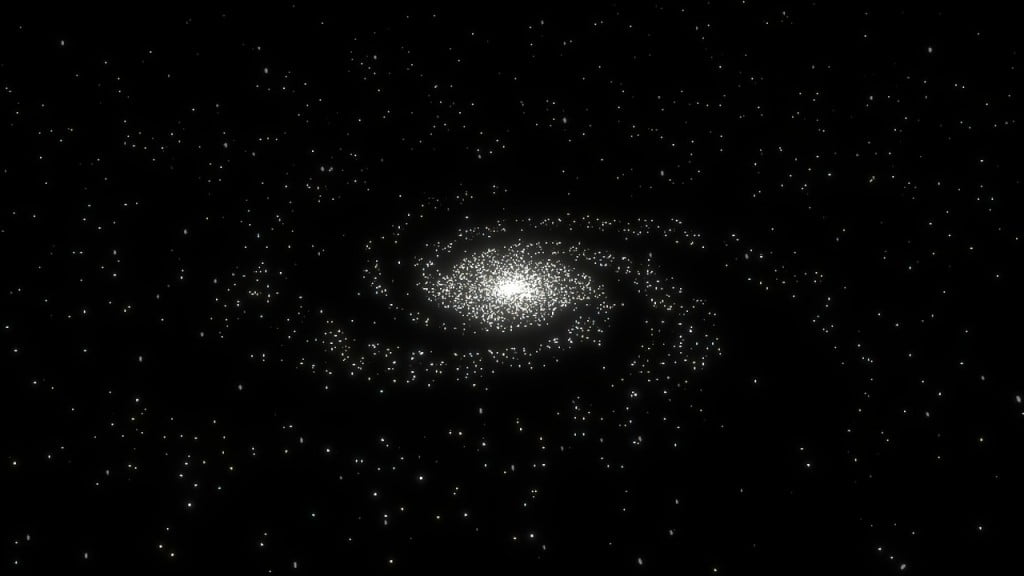It may have been written in the stars. While monitoring and studying galaxies in space, a team of Israeli and American researchers were surprised to discover more than one million ‘young’ stars forming a tiny neighboring galaxy.
SEE ALSO: New Research Maps The Location Of Our Gigantic Galactic Supercluster – Laniakea
The astronomers from Tel Aviv University and the University of California, Los Angeles, have discovered a cluster of stars in a hot, dusty cloud of molecular gases found in a small galaxy near our own. The star cluster is buried within a massive gas cloud, and, although it’s a billion times brighter than our sun, the galaxy is barely visible, hidden by its own hot gases and dust. The star cluster contains 7,000 massive “O” stars: the most brilliant stars, each a million times more luminous than the sun.
3 million years young
This gas cloud is dubbed “Cloud D,” and the tiny galaxy is called the NGC 5253 dwarf galaxy. “This cloud has created a huge cluster of stars, and the stars have created an unprecedented amount of dust,” TAU’s Prof. Sara Beck said in a statement.
SEE ALSO: Top Israeli Scientist Says Alien Life May Have Existed 13 Billion Years Ago
According to the researchers, “NGC 5253 is home to hundreds of large star clusters. The most spectacular cluster, cocooned in the massive Cloud D, is about 3 million years old, remarkably young in astronomical terms. The proportion of gas clouds, which eventually become stars, varies in different parts of the universe. In the Milky Way, for example, less than 5 percent of gas in clouds the size of Cloud D transforms into stars.” In the newly discovered Cloud D, however, the rate appears to be at least ten times greater.
Sign up for our free weekly newsletter
Subscribe“A process assumed to be ‘turned off’ 10 billion years ago is occurring today in a nearby galaxy”
“Extreme and extraordinary things are happening right in our very own astronomical neighborhood,” Beck continues. “In astrophysics we assume that, unless proven otherwise, basic processes are the same everywhere. But here we’re witnessing globular cluster formation — a process which we assumed was ‘turned off’ in our galaxy ten billion years ago — occurring today in a nearby galaxy.”
“This discovery is not an isolated finding, but the temporary culmination of a long search which began with a faint radio emission in 1996,” Beck says. “We have been working for almost 20 years on extreme star formation. Along the way, we started asking why these clusters were being born at a precise time and a certain place. We are still hard at work on this, so this certainly isn’t the end of the road for us.”
The researchers expect that in the future, Cloud D could be destroyed by stars that turn into supernovae — spinning all of the gas and elements into interstellar space. For the study, which was recently published in the scientific journal Nature, Beck collaborated with Prof. Jean Turner of UCLA.
Photos: Hubble Space Telescope
Related posts

Resilient And Nutritious New Plant-Based Milk Aims To Make A Splash

Chocolate From Cultivated Cocoa Comes Without Environmental Toll

Plastic Fantastic: Startup Takes PVC Back To Its Crude Oil Roots







Facebook comments